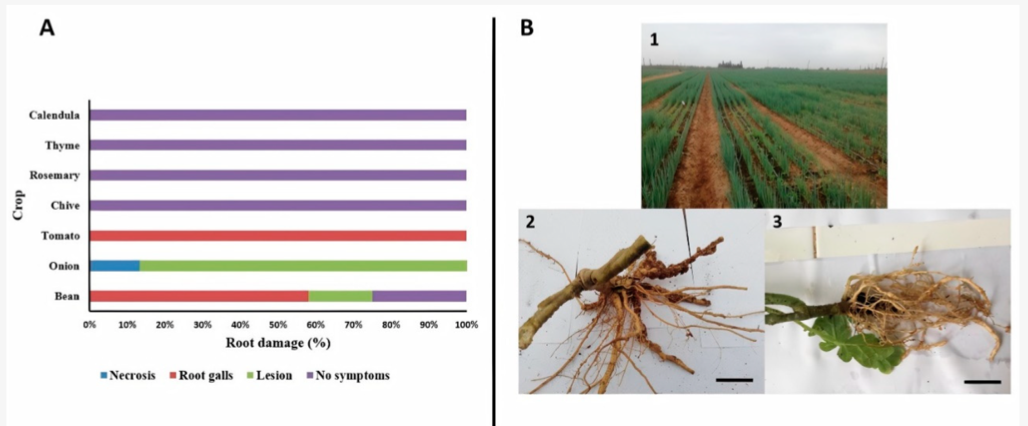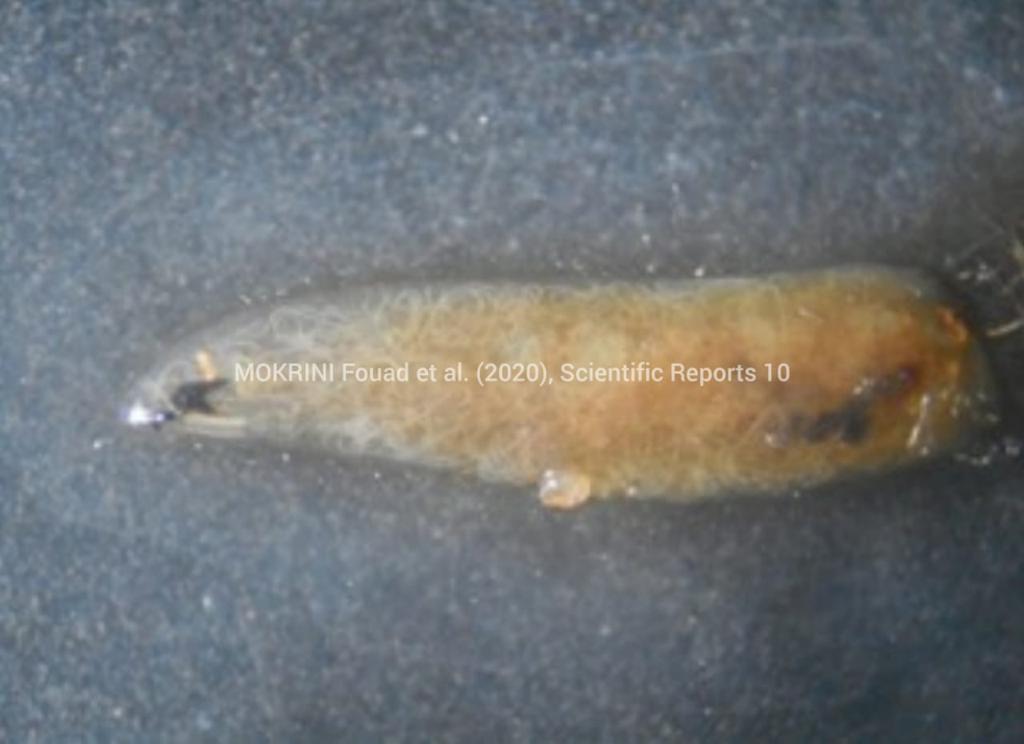Mokrini, F. Abbad Andaloussi, F., Waeyenberge, L., Viaene, N and Moens, M. (2014). First report of the Dagger nematode Xiphinema diversicaudatum (Nematoda: Longidoridae) on citrus in Morocco. Plant Disease, 98 (4)
Xiphinema species are migratory ectoparasitic nematodes that feed on an extensive range of hosts, and several species are vectors of nepoviruses. In May 2012, during a survey of the citrus-growing areas in the Gharb region of Morocco, several Xiphinema nematodes were detected in three locations: Kénitra (INRA, plot P1), Sidi Kacem, and Sidi Slimane. Samples were taken 30



